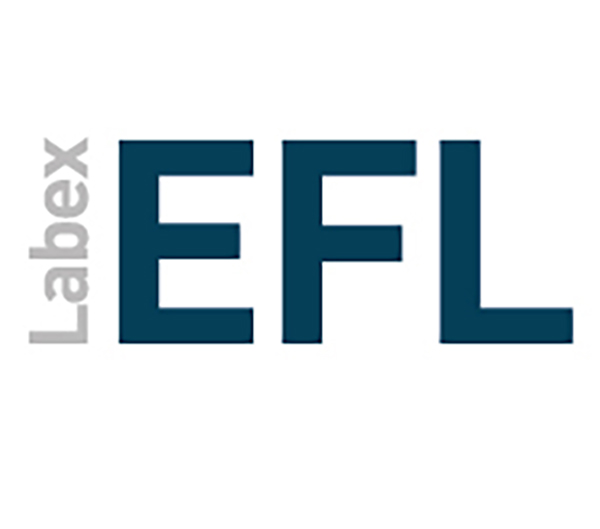| Abstract | The neuro-cognition of multimodal interaction---the embedded, embodied, predictive processing of vocal and non-vocal communicative behaviour---has developed into an important sub-field of cognitive science.
%
It leaves a glaring lacuna, however, namely the dearth of a precise investigation of the meanings of the verbal and non-verbal communication signals that constitute multimodal interaction.
%
Cognitively construable dialogue semantics provides a detailed and context-aware notion of meaning, and thereby contributes content-based identity conditions needed for distinguishing syntactically or form-based defined multimodal constituents.
%
We exemplify this by means of two novel empirical examples: \emph{dissociated} uses of negative polarity utterances and head shaking, and attentional clarification requests addressing speaker/hearer roles.
%
On this view, interlocutors are described as co-active agents, thereby motivating a replacement of \emph{sequential turn organisation} as a basic organizing principle with notions of \emph{leading} and \emph{accompanying voices}.
%
The \emph{Multimodal Serialization Hypothesis} is formulated: Multimodal natural language processing is driven in part by a notion of \emph{vertical relevance}---relevance of utterances occurring simultaneously---which we suggest supervenes on sequential (`horizontal') relevance---relevance of utterances succeeding each other temporally.
|






